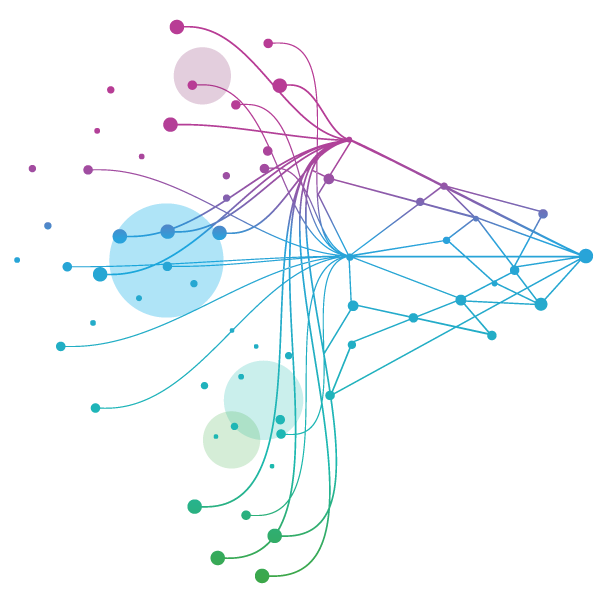





















- Blogs
- From Concept to Code: Building High-Performance AI Platforms That Are Trusted
AI/ML in healthcare holds a lot of promise. But without robust protections on performance and operation, it can also become a liability. At a time when the stakes include performance, patient safety, meeting regulatory expectations, and reputation, it’s no longer enough to ask if it works. We also want to ask: Is it secure? Is it explainable? Can it be managed and scaled?
That’s why we pioneered an approach to AI development grounded in security, accountability, and technical robustness. It’s a practical pathway to scalable and responsible deployment, from concept to code.
What Is Defensible AI?
Defensible AI is a commitment to engineering models and pipelines that perform while also being secure, auditable, and aligned with regulatory expectations. In regulated environments like healthcare, defensibility means:
- Structured oversight through embedded governance and controls monitoring.
- AI-specific threat modeling to manage risks like model inversion or reconstruction.
- Secure-by-design architectures that separate raw data access from model training.
- Continuous validation and monitoring to align with evolving safety and performance standards.
From Raw Data to Synthetic Trends
We recently introduced a technique we called synthetic trends: abstracted and compressed representations of real-world data that preserve signals while reducing privacy and security exposure. This isn’t synthetic data in the traditional sense. It involves embedding space transformations and differential privacy to transform sensitive attributes into non-reversible, anonymized signals for modeling. It allows us to:
- Retain statistical patterns essential for machine learning performance.
- Compress input dimensions, reducing computational burden and noise.
- Improve generalization and explainability by stripping away irrelevant features.
- Mitigate AI-security risks while enabling meaning insight generation.
It’s a rare win-win: tighter security and sharper results. Models become faster, safer, and smarter, while various AI-security and data protection risks are engineered out at the source.

A Platform That Can Scale with Oversight
We built these capabilities into a hybrid architecture that combines the central control of an agentic-ready data fabric with the autonomy of a data mesh. Segregated workspaces allow teams to build, test, and deploy independently, while shared governance layers ensure consistency and security across the platform to align with regulatory and best practice expectations for a trusted research environment. This is supported by:
- Automated controls mapping using LLMs to align system functions with ISO, NIST, and sector-specific requirements.
- Real-time AI governance and Privacy Operations (AI PrivOps) monitoring that tracks data flows, performance metrics, and risk indicators.
- A reproducible architecture that supports federated learning and AI-secure analytics across business units and datasets.
Proven, Practical, Deployed
We’ve supported the design and deployment of defensible AI systems across some of the most regulated corners of healthcare. Our teams combine deep domain expertise with engineering know-how, enabling us to translate evolving standards and privacy expectations into functional and scalable solutions. We anchor our practices in internationally recognized frameworks and are trusted by clients who face some of the most stringent data protection requirements in the world.
The platform and technology we designed and operate is modular and scalable, capable of ingesting both original attributes (when permissible) and secure synthetic trends (for feature augmentation). This gives data science teams flexibility without compromising best practice. In one example, we increased machine learning precision by more than 16x while preserving protections that unblocked significant revenue potential.
A Design Choice
If you're using AI to generate evidence in support of decisions about patient care, population health, or digital health tools, your models should be engineered to perform under technical, regulatory, and ethical pressure. Our approach ensures you can explain what your models do, how it was built, and why it can be trusted.
To learn more about the principles behind our approach, and how to put them into action, read our insight brief on Constructing Defensible AI Platforms in Healthcare.





